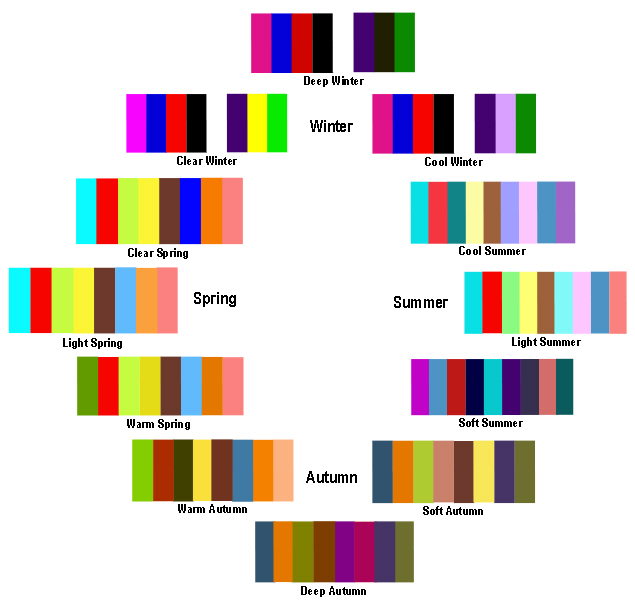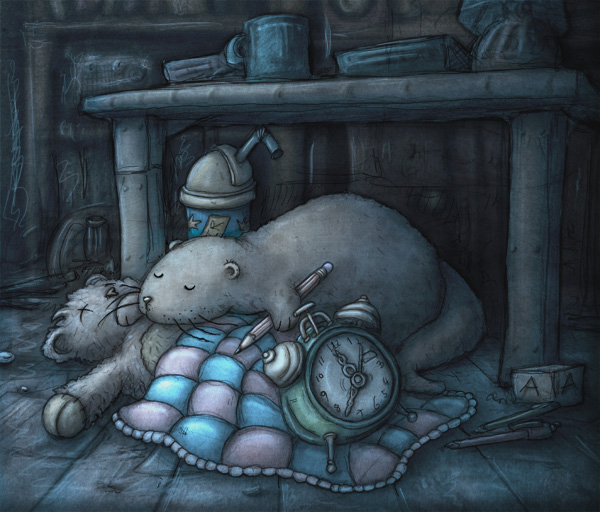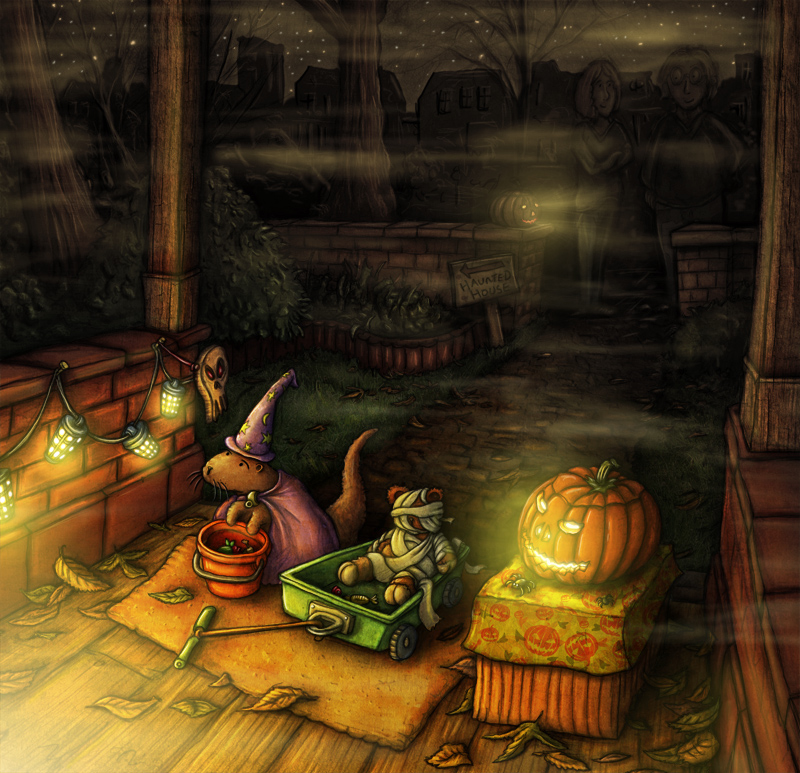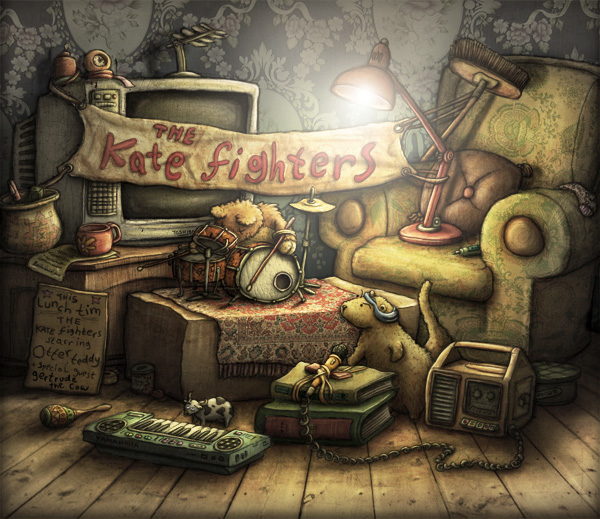 |
| Street Chic From vogue.co.uk |
These information are mainly found from the
book What Should I Wear?
Seasonless Occasions:
birthdays, business dinners, movie dates, anniversaies, bar, weddings, weekend getaways, dinner for two, art opening, business conferences, theater.
Spring Occasions:
Easter, May Day, Mother's Day, Graduations.
Spring Basic:
white cotton skirt, silk knit sweater set, dark stretch cotton pants, denim jeans and skirt, blazer, spring suit, microfiber raincoat;
Tips:
1. While the winter cold is still on, do remember to prepare some woolen clothes;
2. The order of progression: wool to wool blends to silk to cottons and linens.
Summer Occasions:
Father's Dat, barbecues, beach parties, afternoon teas, baby showers
Summer Basic:
Capri pants, sundress, carryall bag, sunglasses, cotton sweater, sun hat, cotton T-shirt, swimsuit and cover-up, evening wrap, hoop earrings ,white cotton short, sandals.
Tips:
1. At the beginning of summer, dont miss the shinning colors that make you smile. But when the sun reaches its hottest, it's cool to wear no-color or frosty colors.
2. Cool and breezy is what we want from our simple summer dressing.
Autumn Occasions:
back to school, back to work, Harvest time, Halloween.
Autumn Basic:
long-sleeved T-shirt, turtleneck, sweaters, wool slacks, jacket, leather bag, leather boots, wool suit, cocktail dress.
Tips:
1. Autumn is a good time for you to wear the color of nature;
2. Do remember to warm yourself up with woolen and leather jacket;
Winter Occasions:
Christmas, New Year's, sky trips, Valentine's Day.
Winter Basic:
silk blouse, evening pants, velvet scarf, black coat, two--ply cashmere sweater, boots, hat, evening bag, drop earrings.
Tips:
1. Winter is a time to try a mix of fabrics on yourself, to keep warm, but do remember to dress in layers.
2. December is an important time to social, dressing in red is a good idea.
Hat Occasions:
Weddings, Easter, Synagogue, Derby Day, Ascot, Garden party, Pool party.
Reference:
1. Kim Johnson Gross and Jeff Stone(1998)
What Should I Wear? London, Thames and Hudson Ltd.


























